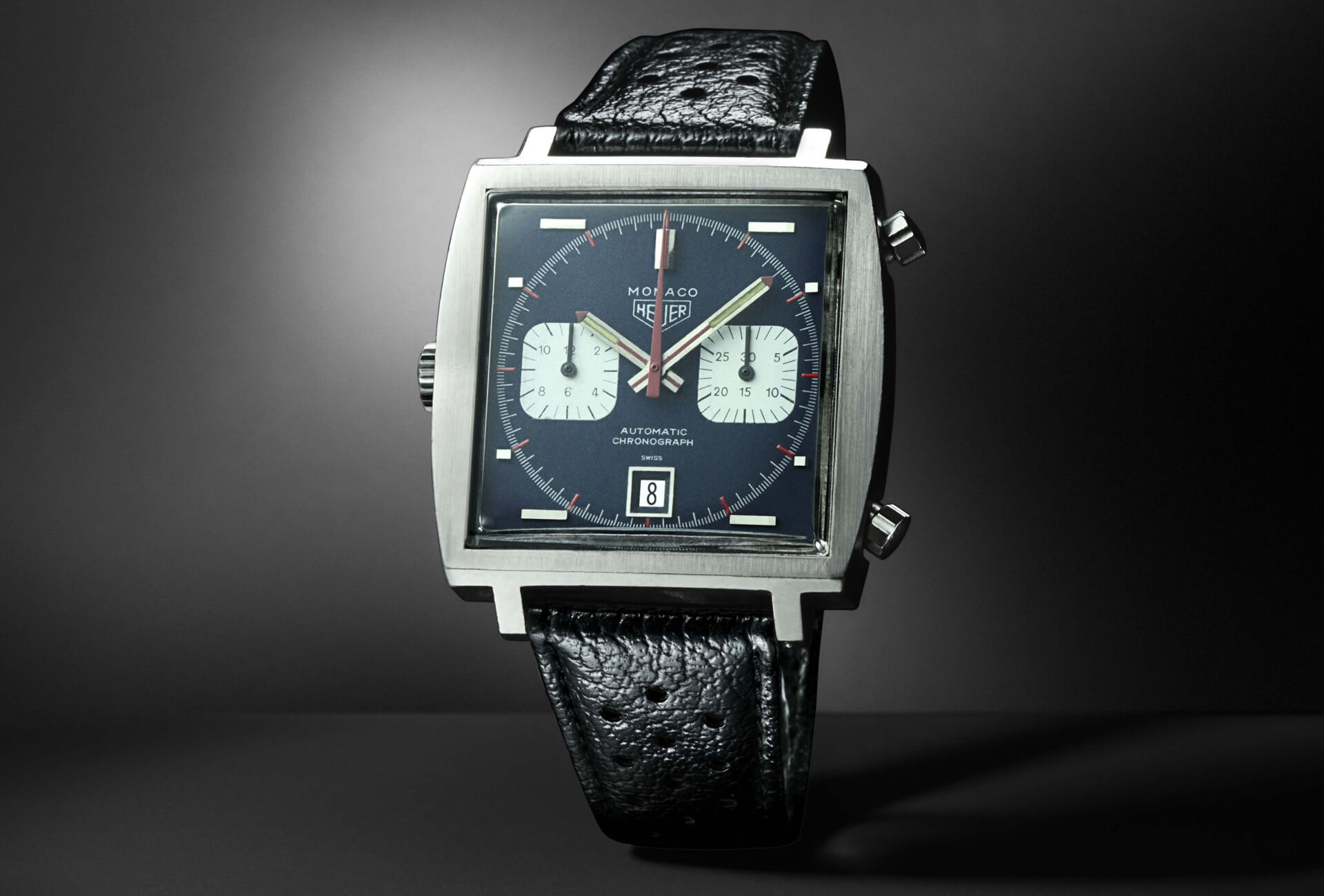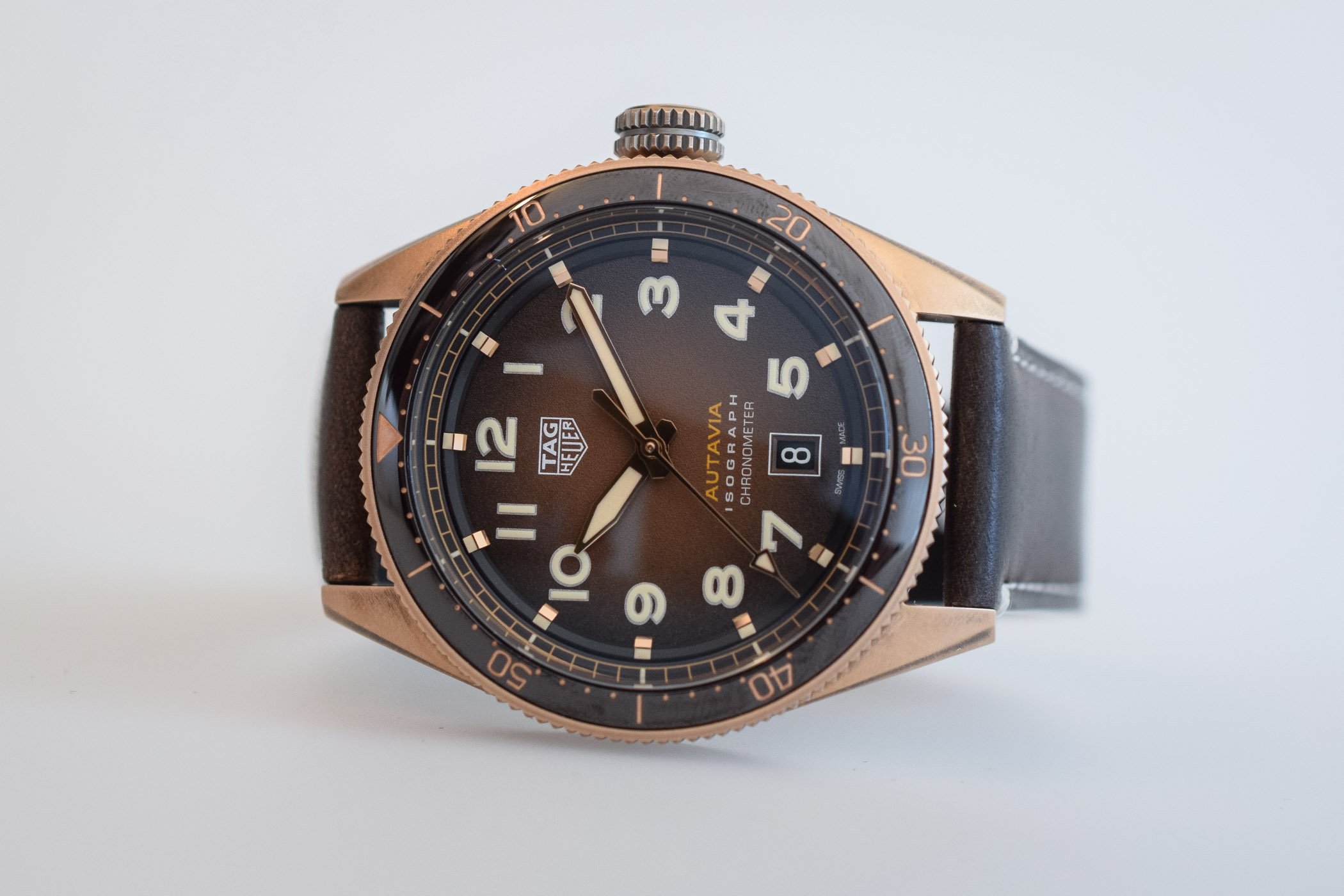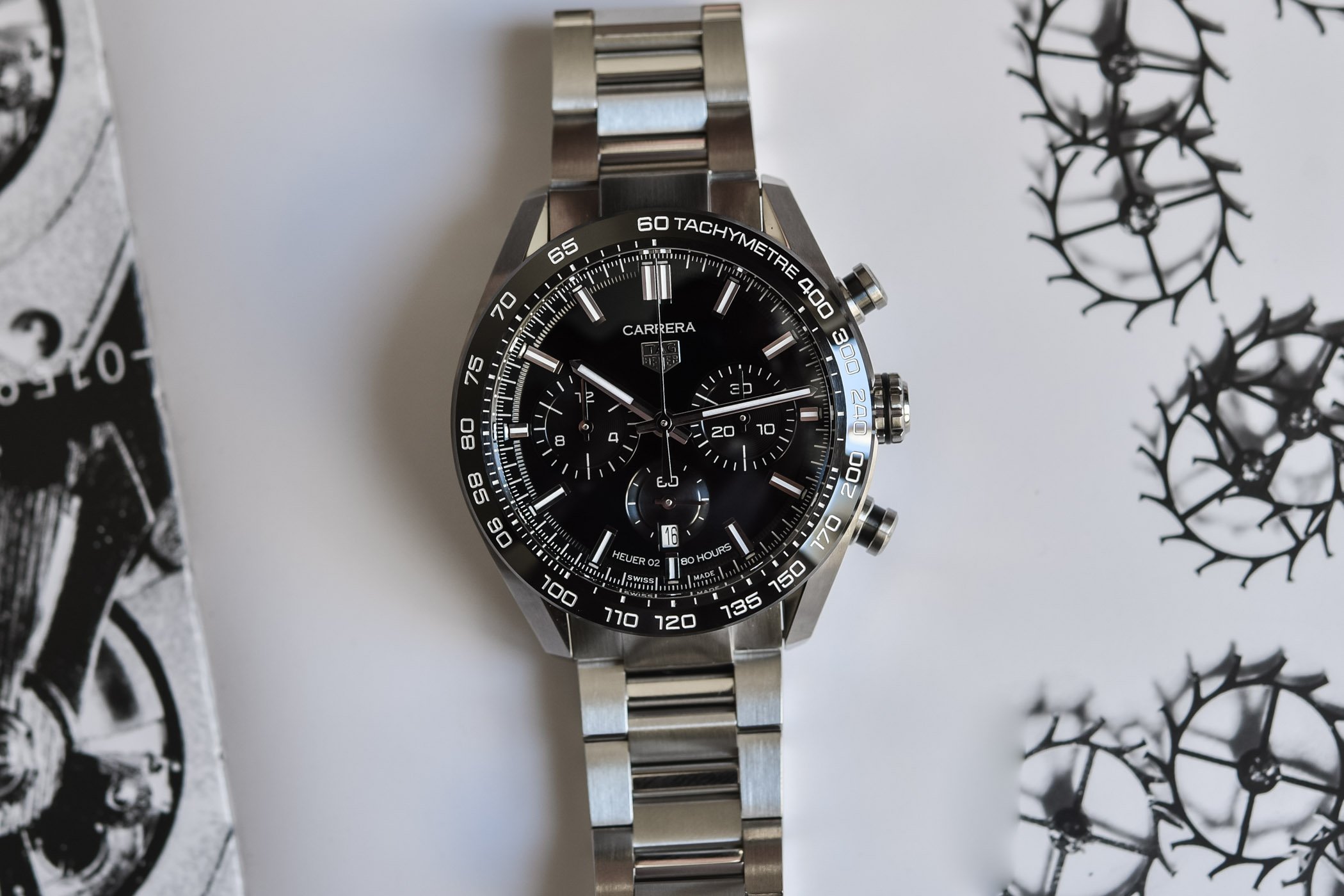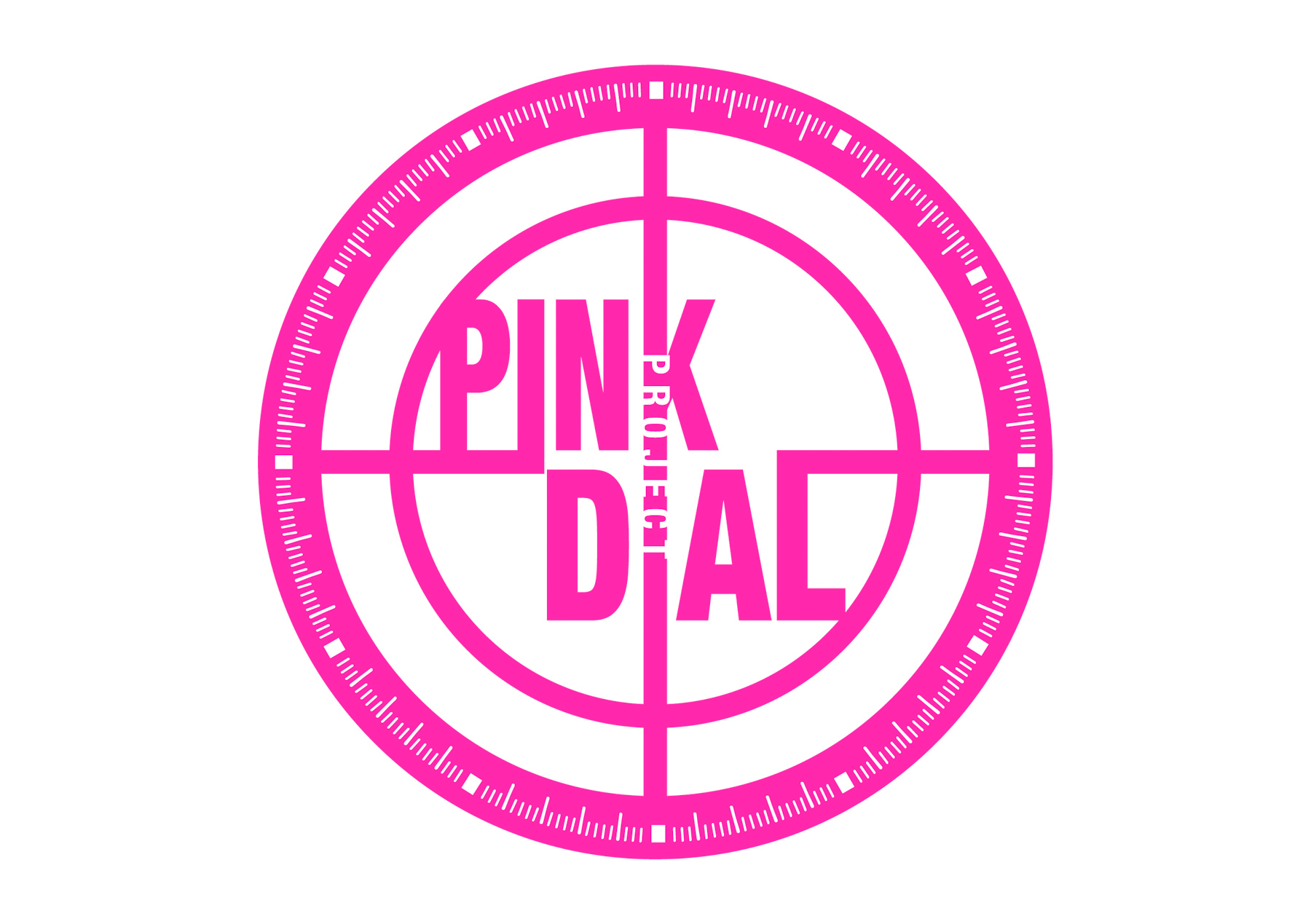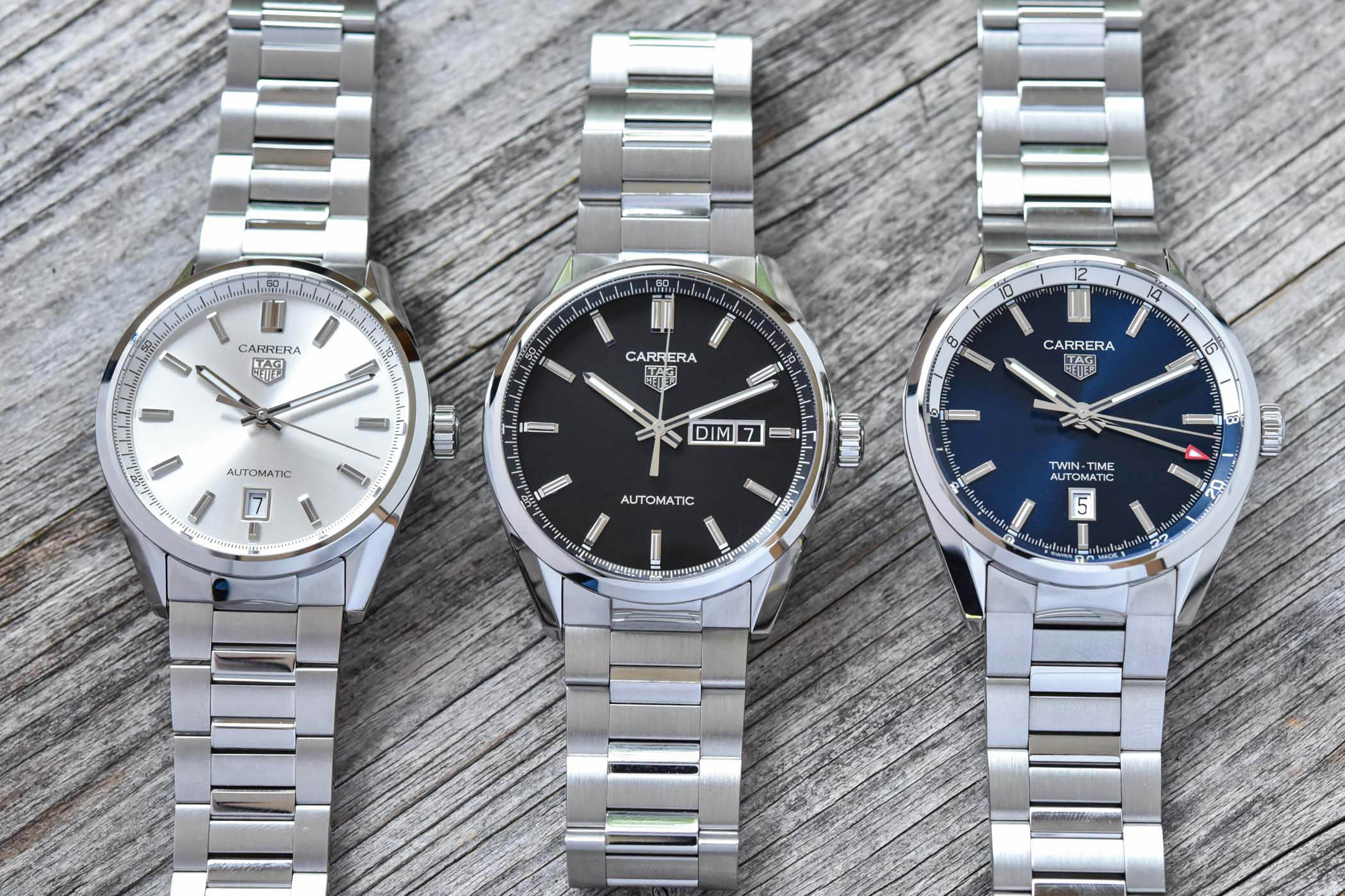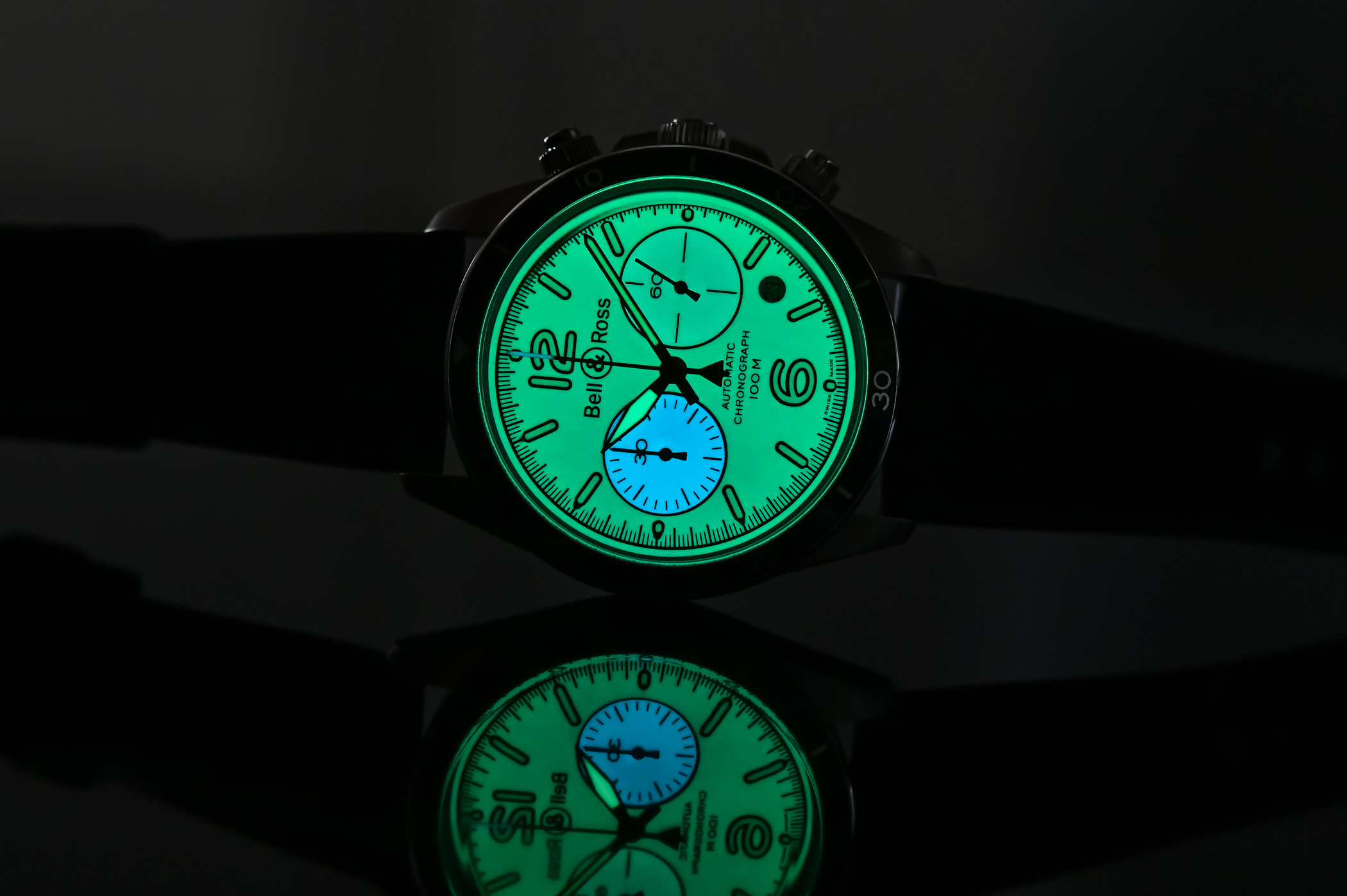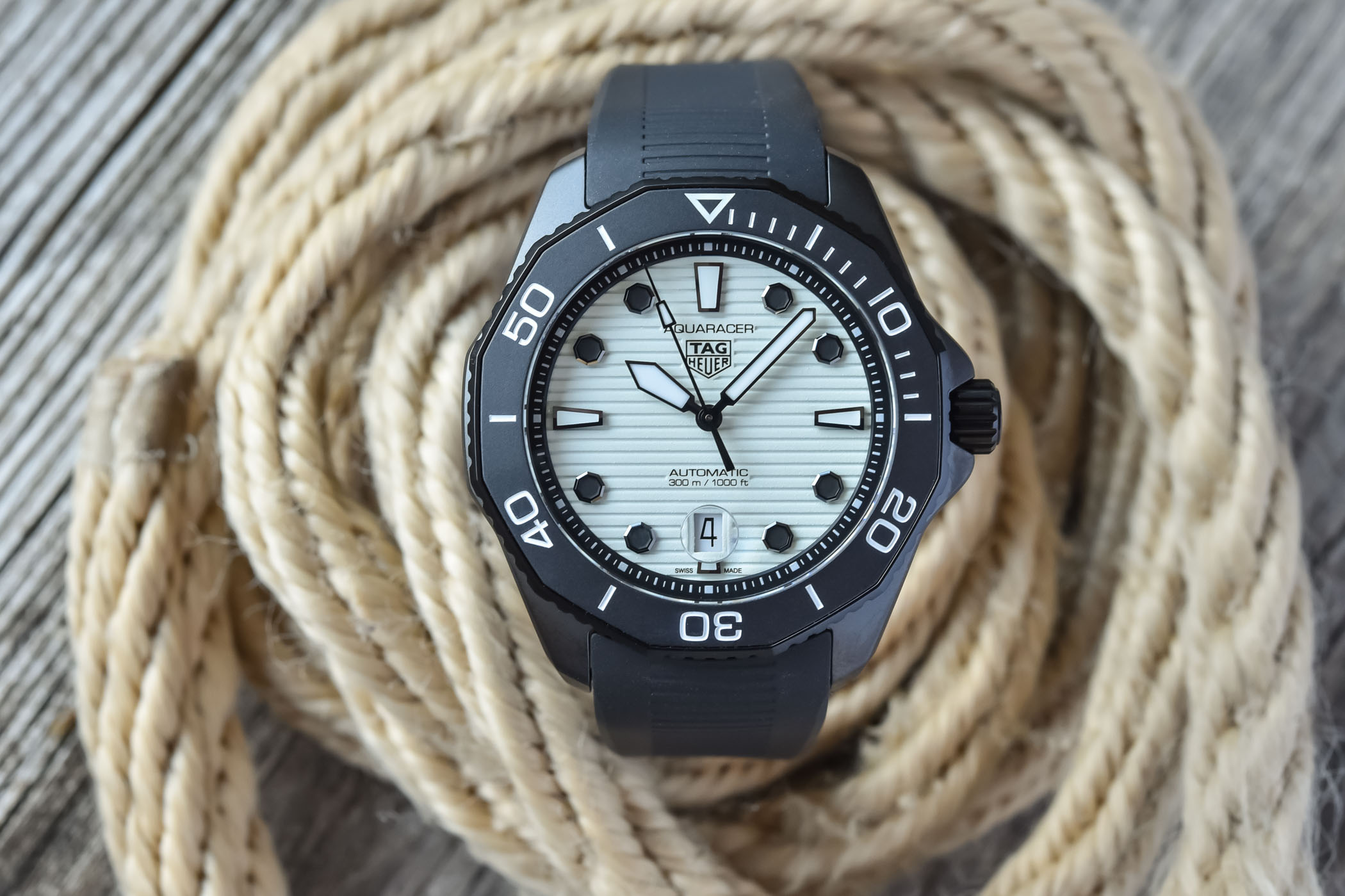TAG Heuer
Swiss luxury watch manufacturer
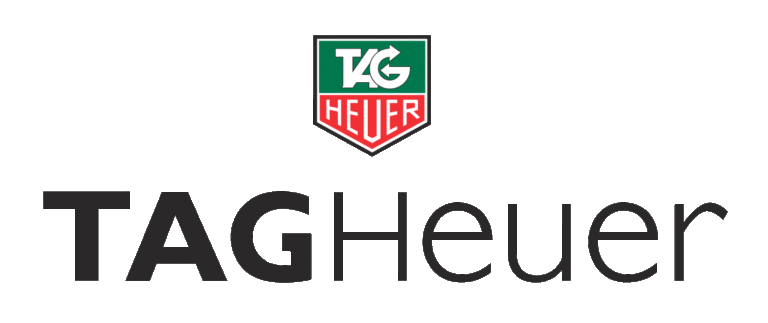
TAG Heuer was founded in 1860 by twenty-year-old Edouard Heuer in Saint-Imier, Switzerland. Originally known as Uhrenmanufaktur Heuer AG (Heuer Watchmaking Inc.), Edouard patented his first chronograph in 1882 and followed with the patented oscillating pinion in 1887, which is still used today in mechanical chronographs. Heuer created the first dashboard chronograph in 1911, known as the Time of Trip and used in both automobiles and aircraft. In 1914, the company launched its first wristwatch chronograph with the crown at 12 o'clock (adapted from earlier pocket watch chronographs). It wasn't long before Heuer's son, Charles-Auguste, entered the business and in 1916 he introduced the first stopwatch accurate to 1/100th of a second, the Mikrograph. The Semikrograph followed with a split-second function and a still impressive accuracy of 1/50th of a second. From the beginning, the brand specialized in chronographs and timing, setting the stage for over a century of auto racing and sports timekeeping. In 1985, the TAG Group holding company purchased a majority of the company, which became "TAG Heuer." It was later acquired by French luxury conglomerate LVMH in 1999 and industry veteran Jean-Claude Biver had been CEO for years.
The Carrera line is among the most famous of TAG Heuer’s collection, introduced in 1963 to honor the Carrera Panamericana Mexico Road Race. Designed by Jack Heuer, great grandson of the company’s founder and a race car driver himself, it was the first chronograph designed for motorsports. It was a clean, no-nonsense tool watch for drivers (and popular among enthusiasts as well) and evolved over the next twenty years with tweaked designs, materials and movements. The first generation (to 1970) was known as the reference 2447 and had signature elements including a 36mm case, straight casebands and faceted lugs. It launched with a single-tone silver aesthetic, but a two-tone Panda and Reversed Panda design quickly followed, along with other three, two and even single sub-dial models. The Carrera changed significantly in the 1970’s both mechanically and aesthetically, starting with the legendary Calibre 11 automatic with a micro-rotor. Heuer collaborated with Buren, Hamilton, Breitling and Dubois Depraz to launch one of the first automatic chronographs, and Carrera designs became larger and more colorful to keep up with trends of the time. Jack Heuer left the company in 1982 and the Carrera line was discontinued in 1984, only to be brought back in 1996 at the Monza race track. Jack Heuer returned to help relaunch the chronograph he created two decades prior, which was faithful in design to the original with hand-wound Lemania or automatic ETA calibres. New movements were later introduced, including the Calibres 1887 and 1969, and specialized models like the Mikrograph and Mikrogirder (with movements beating up to 7.2 million times per hour) elevated the line to a new class.
Another Heuer legend is the Monaco, introduced in 1969 to honor the Monaco Grand Prix (Formula 1). It was the first square cased chronograph and used the Calibre 11 (and later Calibre 12) from the previous Carrera line. Again designed by Jack Heuer, it became an icon in 1971 after Steve McQueen wore one in the film Le Mans, a fictional story of the 24 Hours of Le Mans. His name would forever be associated with the Monaco line, starting with the original Monaco 1133. The collection only lasted for a handful of years, being discontinued in the mid-1970’s. In 1998, the Monaco returned as a limited production with the Heuer logo and again in 2003 with new calibres and the TAG Heuer logo. Specialized editions include the Monaco V4 from 2004, featuring belts and ball bearings instead of traditional wheels and pinions. Designed by Jean-François Ruchonnet and Philippe Dufour, the ultra-sophisticated movement was inspired by an automobile engine and helped push the company’s reputation to a new level of haute horology. The Monaco Sixty Nine had time displays on both sides, with a mechanical Calibre 2 on one and digital quartz readout on the other (Calibre HR03), and it won the Le Grand Prix d’Horlogerie de Genève prize in 2005. Not quite as mainstream as the Carrera, the Monaco is nevertheless a legendary race-inspired collection with an unmistakable TAG Heuer aesthetic.
Guy Sémon, an engineer/pilot/physicist joined TAG Heuer and established a skunkworks program that developed hyper-fast calibres, including the Mikrograph at 360,000vph, capable of measuring 1/100th of a second, the Mikrotimer at 3,600,000vph, capable of measuring 1/1000th of a second and the Mikrogirder at 7,200,000vph, capable of measuring 1/2,000th of a second. The Mikrogirder’s central chronograph seconds hand sweeps around the dial twenty times per second, making it invisible to the naked eye. Developments like these keep the brand at the cutting edge, beyond its already well established reputation as a precision timekeeper in sports. There are a variety of current lines for both sports and fashion enthusiasts, including the Link, Autavia, Aquaracer, Formula 1 and Connected modular smartwatch series (and aforementioned Carrera and Monaco). Few brands have such a loyal following and consistent history, and TAG Heuer is synonymous with both racing and innovation.


